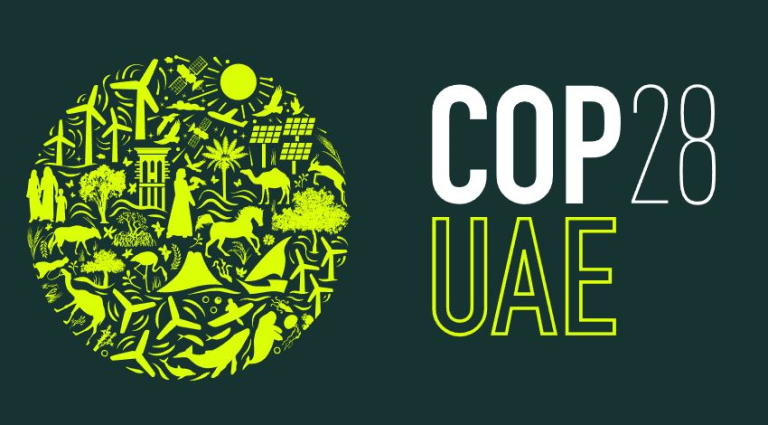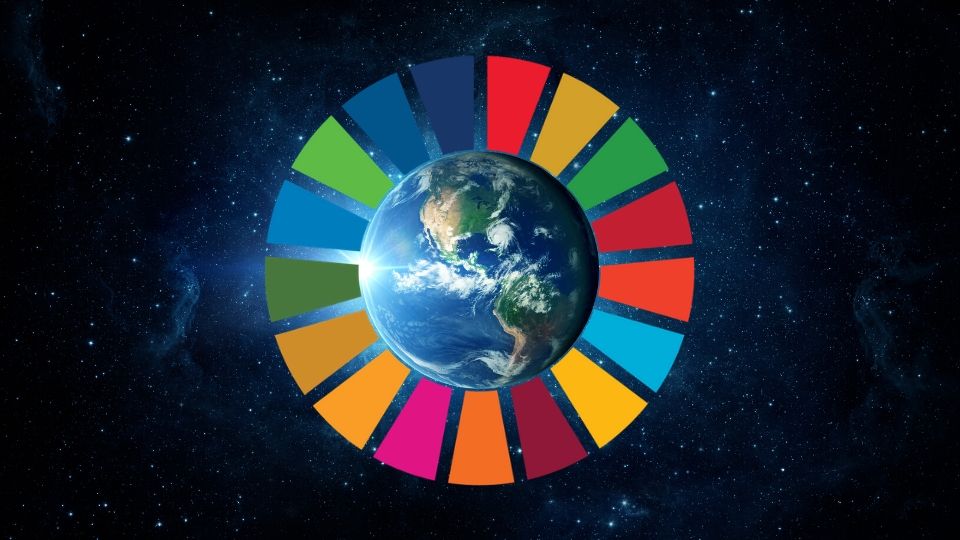
World Warning: UN Tipping Points
A crucial UN climate conference (COP28) has been taking place in Dubai over the course of this week. One factor unlikely to be on the agenda is human population growth, despite a recent scientists’ warning highlighting the need to address population growth. The UN also released its ‘Tipping Points’ report warning of irreversible environmental disasters, yet only hints at one of the underlying causes, population. PM Campaigns and Media Officer Madeleine Hewitt reviews the recent reports.
Population and Climate
Member state representatives and other stakeholders will attend COP28 this year to discuss the multiple actions needed to address the complex issue of climate change, but the emissions elephant in the room will be population. The IPCC was categorically clear in its 2022 report when it stated, “Globally, Gross Domestic Product (GDP) per capita and population growth remained the strongest drivers of CO2 emissions from fossil fuel combustion in the last decade.”
The IPCC’s statement has been joined by a further warning from scientists, in the 2023 State of the Climate Report, published in Bioscience, which states:
We also call to stabilize and gradually decrease the human population with gender justice through voluntary family planning and by supporting women’s and girls’ education and rights, which reduces fertility rates and raises the standard of living.”
The 2023 State of the Climate Report: Entering Uncharted Territory
The evidence is clear, population growth is a core driver of carbon emissions, but policymakers are still hesitant to address it, demonstrated by the only brief references in the UN’s recent ‘Tipping Points’ Interconnected Disaster Risks Report 2023.
Tipping Points
This UN report analysed six interconnected risk tipping points, defined as irreversible changes where the current systems the world relies on stop functioning correctly, amplifying the risk of catastrophic effects.
The six tipping points identified by the UN for their potential to impact millions of lives are:
- Accelerating extinctions causing ecosystems to collapse.
- Groundwater depletion risking drought and water scarcity.
- Mountain glaciers melting.
- Space debris causing loss of multiple satellites.
- Unbearable heat risking human health in certain areas.
- Uninsurable futures where rising environmental risks makes homes unaffordable.
Population growth is a driver of 5 out of 6 of these tipping points, with the obvious exception of space debris, yet only the technical report on accelerating extinctions references human population growth as a contributing factor. Instead, here it shall be summarised how population growth underlies each of the UN’s identified tipping points.
Accelerating Extinctions
The full report for accelerating extinctions does identify that the boom in human population growth since the 1950s has led to increased demands for water, energy, food, and land, with resulting consequences for the Earth’s ecosystems. This demand for resources has resulted in land clearing for agricultural and urban settlements, leading to habitat loss putting other species at risk of extinction. The report states that under a business-as-usual scenario almost 90% of birds, mammals and amphibians will lose their habitat due to agricultural expansion by 2050.
Unfortunately, the report doesn’t identify addressing population as an effective conservation measure. Even though PHE, Population Health Environment, approaches recognise that family planning measures to reduce local population pressure on natural resources is an effective conservation strategy to preserve wildlife habitat.
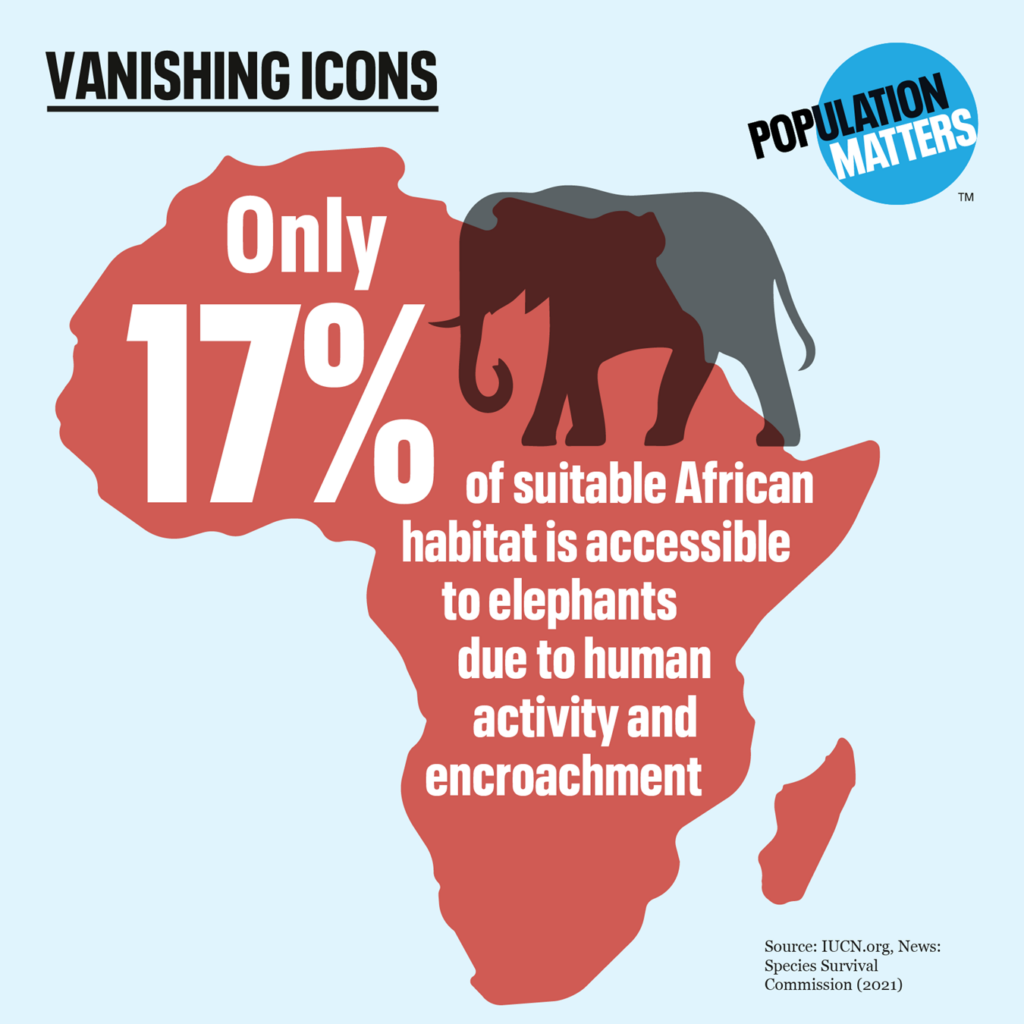
The impact of population growth on wildlife is further explained in our Vanishing Icons report which you can read here.
Groundwater depletion
Groundwater is an essential source of freshwater stored in underground reservoirs called “aquifers”. Currently, these aquifers supply drinking water to over 2 billion people. And even if you aren’t in a country that relies on aquifers for drinking water, you’ll most likely reside in a country which imports crops, such as wheat, that depend on aquifers, with 70% of water withdrawals used for agriculture.
However, rising demand for freshwater has meant 21 out of 37 of the world’s major aquifers are being depleted faster than they can be replenished. The groundwater depletion report outlines how overextraction of groundwater has fuelled this crisis but fails to take account of a key driver of demand – population growth.
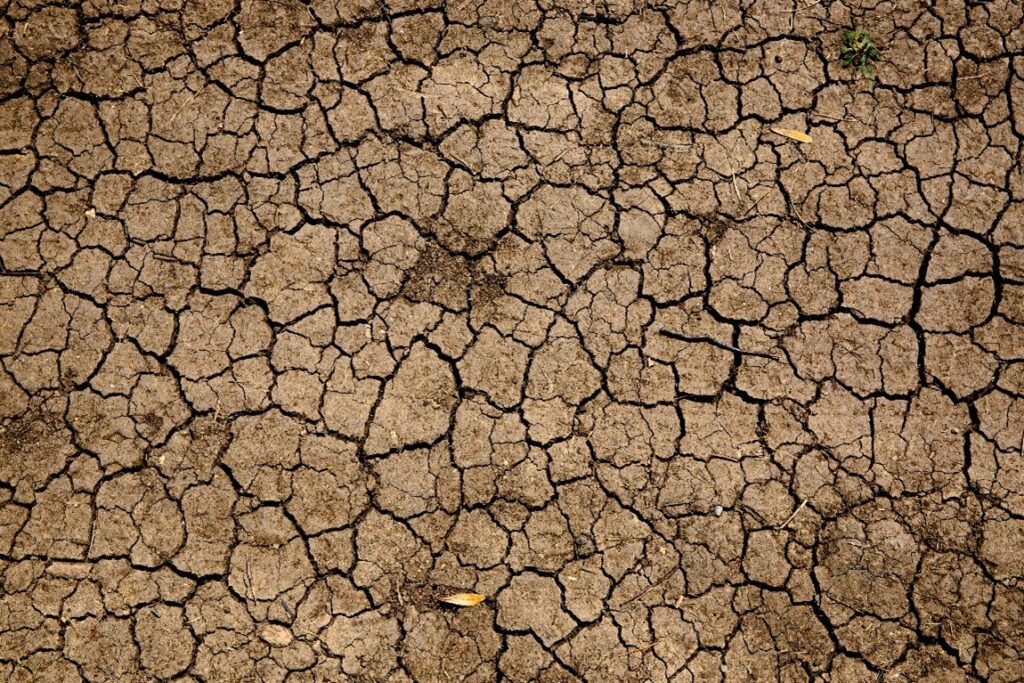
The facts are simple more people will need more water, in fact a 2023 report stated by 2030 humanity will be demanding 40% more water than the Earth can supply. The resources we depend on such as groundwater are not infinite, and if our numbers continue to drive unsustainable demand, we risk a dried-up future.
Melting glaciers
Due to global warming, the world’s glaciers are melting rapidly. Current estimates predict to lose around 50% of glaciers (excluding Greenland and Antarctica) by 2100, even if global warming can be limited to 1.5°C.
Melting glaciers increase the amount of water flowing into rivers, increasing the risk of flooding downstream. A recent report states 15 million people are at risk of meltwater flooding.
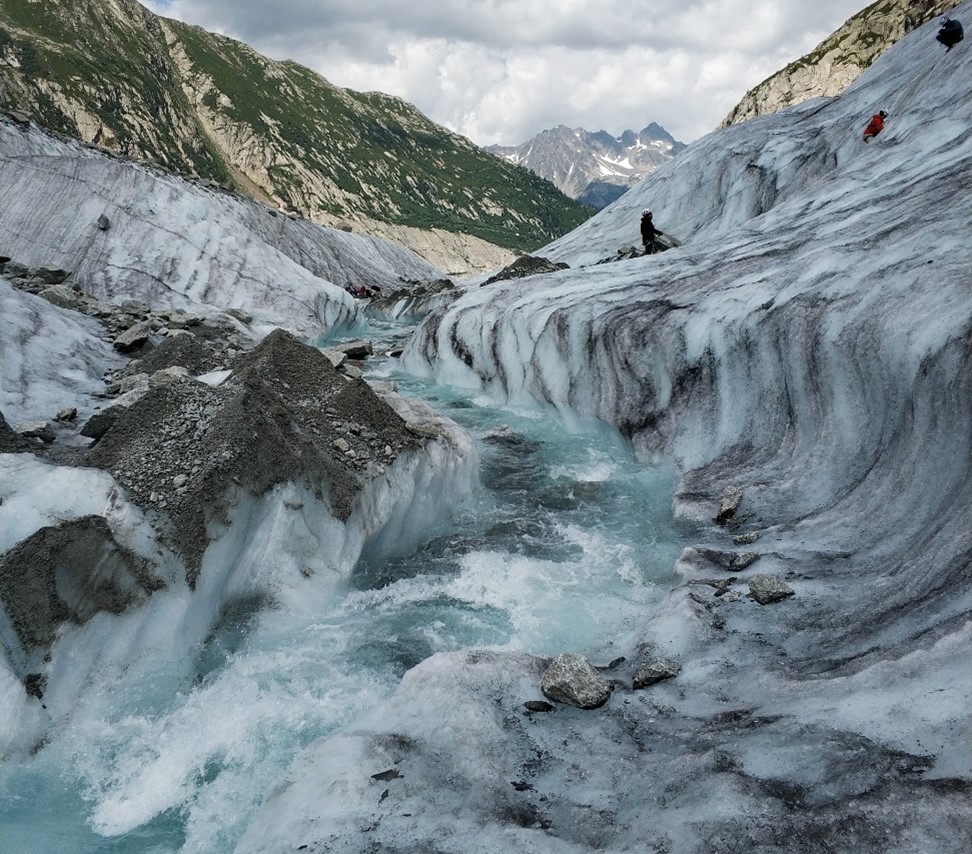
To slow down the rate of glacier melt, the world must tackle one of the greatest drivers of carbon emissions, which the IPCC has categorically stated is population growth, this supported by the 2023 State of the Climate Report.
Current UN projections state without further action to address population growth, there will be three and a half billion more people by 2100. The link between population and rising carbon emissions is clear, if we are to stop glaciers melting away by the end of this century, we must address population growth through ethical and sustainable means.
Unbearable Heat
Climate change is leading to more frequent and intense heatwaves, already experienced by millions of people last summer. Extreme and prolonged heatwaves are dangerous and can even be deadly.
To understand the danger of high heat conditions, scientists use a measurement called wet-bulb temperature, which combines temperature and humidity. If the wet bulb temperature exceeds 35°C for more than six hours – equivalent to an air temperature of 40C with a relative humidity of 75% – the body will be unable to cool itself off by evaporating sweat causing one’s core body temperature to overheat, resulting in organ failure or brain damage if the situation is not resolved.
During a recent heatwave in India, wet-bulb temperatures went above 34°C. Currently, around 30% of the global population is exposed to deadly climate conditions for at least 20 days per year, and this could rise to over 70% by 2100.
Climate change causing extreme temperatures disproportionately affects the most vulnerable nations. Climate-vulnerable countries are also experiencing the most rapid rates of population growth, creating huge strain on their available resources and preventing sustainable development to cope with future environmental crises.
Uninsurable Future
Despite climate change increasing the frequency of environmental disasters, population growth and development continues in at risk areas. Social and economic pressures influencing more people to move to places along coasts, rivers, floodplains, and wildfire-prone areas – all increasingly vulnerable to extreme weather events.
Even as corporations retreat, with major US insurance provider State Farm no longer allowing people to take out policies in California due to the risk of greater risk of wildfires. Population growth drives demand for urban development, eroding natural barriers that can help reduce the impacts of climate change, creating a vicious cycle of worsening the impact of environmental catastrophe on more people.

Conclusion
For the UN to identify these interconnected environmental disaster risks the world is facing without fully addressing one of the key drivers – population, is concerning. Hopefully, continued efforts from our campaigns and others raising their voices mean that the population factor is finally addressed as not only as an underlying cause, but that ending population growth is recognised amongst the other important solutions needed to resolve these complex environmental crises.


